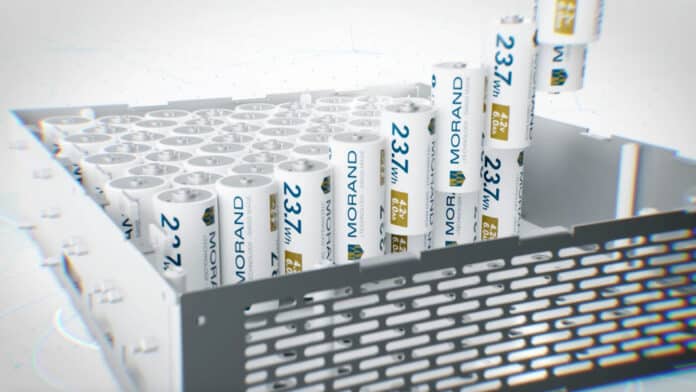Renewable power generation is estimated to rise from its 20% levels in 2011 to 25% of global gross power generation in 2018. With newer innovations like electricity generated from plants, this figure is on track to increase even further.
We all learned about photosynthesis in school, a process through which plants convert sunlight into food. Almost 100% of the photons the plants capture from sunlight are turned into electrons which go through further reactions to generate sugars.
What the world didn’t know is that this natural process of photosynthesis can be interrupted to capture and utilize these electrons. The study, conducted by the University of Georgia, is focused on harnessing the power of these electrons to generate electricity.
The idea is to extract the plant parts that lead to thylakoids, the photosynthetic reaction, and then to immobilize them on a bed of carbon nanotubes that act as effective electrical conductors to capture and send the electrons on, along the wire. With continuous light flow, there will also be a continuous flow of electrons that can be converted to electrical power.
Of course, there is a lot of work to be done and a lot more complicated processes to be handled like taking the thylakoids out of a plant. Eventually, this machinery would have to be genetically engineered to bring stability to the process and completely harness the potential of the system.
But once the system is effectively in place, the applications for this technology are immense. This 100% clean energy source can act as veritable power sources for various machinery and for remote locations, replacing the need for batteries.






